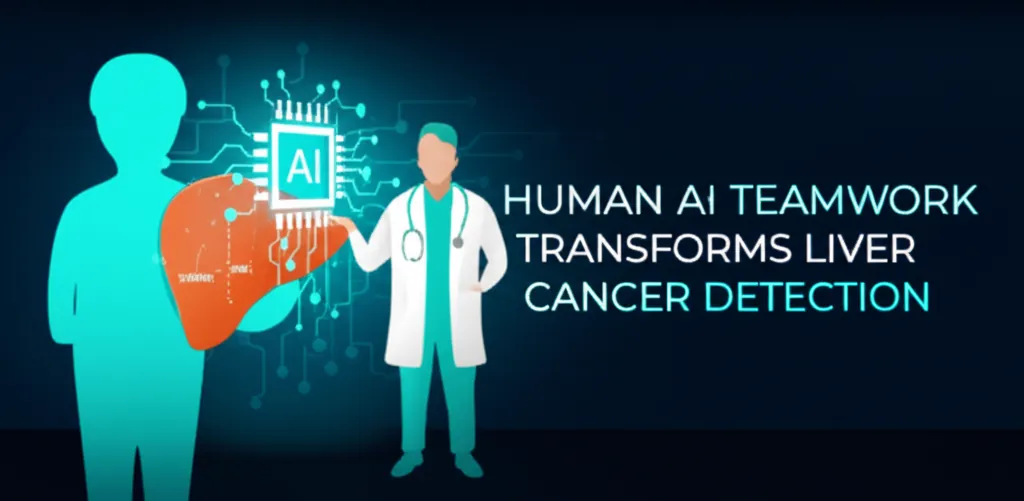How Smartphone Photos Could Affect Your Car Insurance

A New Era of AI in Vehicle Inspections
Following recent controversy over rental car companies using AI scanners to bill customers for nearly invisible damage, a new technology is poised to bring similar capabilities directly to your insurance provider. An Israeli startup, Click-Ins, has developed a sophisticated AI tool that uses simple smartphone photos to detect and document a vehicle's condition, and it's now being offered to insurers and dealers across the United States.
Unlike the drive-through scanner tunnels used by some rental agencies, this system is designed to work from anywhere using a standard smartphone, making it highly accessible and scalable.
How Smartphone-Powered AI Detects Damage
The process for a car owner is straightforward. An insurance company sends a web link to the customer, who is then guided to take eight photos, creating a complete 360-degree view of their vehicle.
Once uploaded, the AI gets to work. It digitally processes the images to remove visual noise like reflections and dirt, revealing the true state of the body panels. The system is designed to identify even minuscule areas of damage that could easily be missed during a manual inspection, creating a highly detailed digital record of the car.
 Photo Click-Ins
Photo Click-Ins
Transforming the Insurance Claims Process
For insurers, the primary benefit is the ability to establish a definitive visual record of a car’s condition before a policy even begins. This baseline can be used to fight fraud and ensure claims are paid only for damage that occurred during the policy period. In the event of a claim, the system can compare new photos against the original set, automating what is typically a time-consuming manual review process.
The promise for insurance companies is significantly lower overhead and much faster claims processing. As Click-Ins chief executive Josh Parsons explained in an interview with Pymnts, minor incidents could be handled without human intervention.
“Say you’re going through a drive-through at Starbucks and you scratch the side of your car on a pole all the way down the side. That’s a claim that an adjuster should never have to come out and look at.”
By automating the assessment of minor damage, the system can streamline the process for both the insurer and the policyholder, freeing up human adjusters to focus on more complex cases.
Beyond Insurance: Other Industries Take Note
The applications for this technology extend well beyond the insurance industry. Automotive auction houses could use the tool to create more accurate and efficient vehicle condition reports, reducing the need for extensive physical inspections. Similarly, car transport services could employ it to meticulously document a vehicle's state before and after transit, resolving potential disputes over in-transit damage.
Even traditional car dealerships stand to benefit by using the tool to simplify and standardize condition assessments during trade-ins or for used car sales.
The Double-Edged Sword of Automation
As AI continues to reshape how vehicles are evaluated, this technology represents a significant leap in efficiency. However, it also brings to the forefront important questions about fairness. As automated systems become adept at finding “damage” that is imperceptible to the human eye, consumers may face new challenges. The industry will need to find a balance between leveraging helpful automation and the risk of technological overreach.


